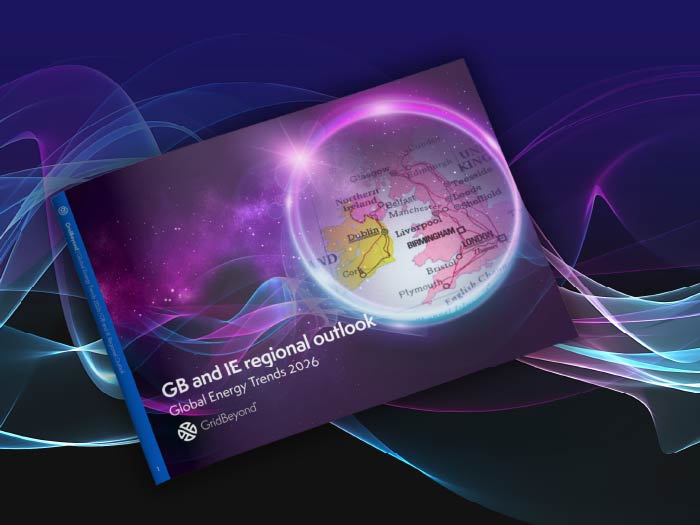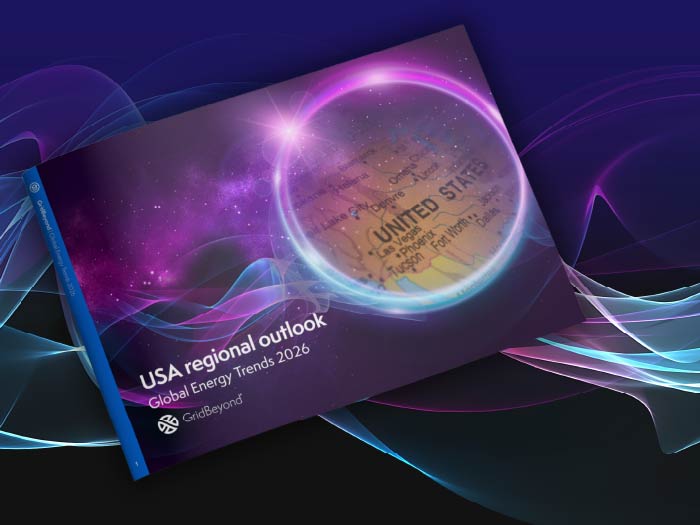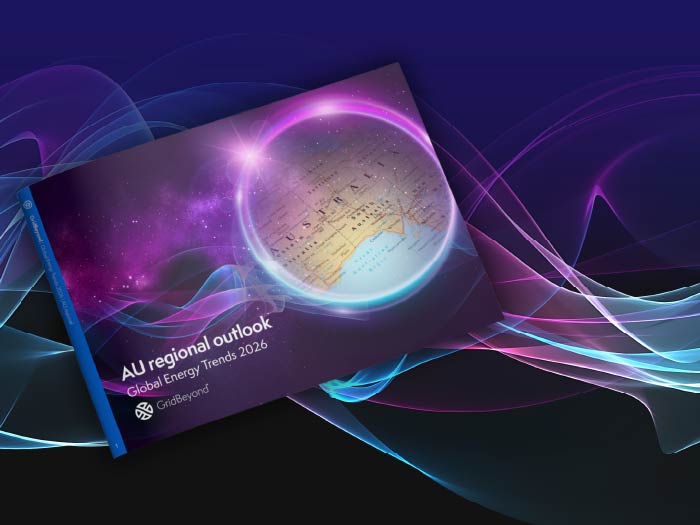News
better business decisions
Posted 5 months ago | 5 minute read

Q&A | Automation for enhanced value
As demand on the grid increases, PJM relies on various mechanisms to ensure system reliability. One mechanism is the Emergency Load Response Program (ELRP). The ELRP provides businesses with an opportunity to monetize operational flexibility by curtailing energy usage during periods of grid stress. But upcoming rule changes in the program will require automation and more responsive participation. For this article we spoke with GridBeyond Business Development Manager, Nick Guay to discuss challenges and opportunities from the changes.
What is the purpose of the Emergency Load Response Program (ELRP)?
The ELRP is managed by PJM, a regional transmission organization (RTO) responsible for managing the electricity grid in parts of the eastern United States. The program incentivizes large energy consumers to reduce their electricity use during emergency grid events. In return, participants receive payments based on their ability to curtail load on short notice, helping to stabilize the grid during critical periods.
How can businesses benefit from participating in the ELRP?
Participation in the ELRP offers businesses a valuable opportunity to monetize their operational flexibility. By strategically reducing their energy consumption during grid emergencies, organizations can earn direct payments from PJM. Beyond the financial incentive, participation also demonstrates a commitment to sustainability and grid reliability, strengthening a business’s reputation in an increasingly energy-conscious marketplace.
What upcoming changes are being made to the ELRP?
The program is evolving to require automation and more responsive participation from enrolled businesses. ELRP has been year round since 2017 but emergency events historically have been called during the winter, but now we are seeing summer events, which we saw in June. In Spring 2025 the Federal Energy Regulatory Commission (FERC) approved a proposal that extends the existing DR availability window, from 10 a.m. to 10 p.m. in summer and 6 a.m. to 9 p.m. in winter, to 24/7 availability by 2027-28. These changes aim to increase the availability and accuracy of demand response resources, making them more reliable as capacity assets in PJM’s resource planning.
What are the challenges for businesses in adapting to the new ELRP rules and why is automation is essential for participation?
The rule changes introduced by PJM are not just procedural updates; they represent a shift in how organizations must approach energy management. Payments are now closely tied to how well businesses perform during actual events. Without automation, missing a dispatch can mean missed revenue. Participants must also now be prepared to respond not only during core business hours, but also later into the evening for extended summer dispatches, and early in the morning for winter dispatches.
In addition, over recent years we have seen the number of emergency events being called increase. Automation enables real-time, reliable load reduction, which is critical during grid emergencies when time-sensitive responses are needed. It also removes the need for manual intervention, reducing human error and ensuring faster, more reliable curtailment during grid emergencies and ensures your business is ready to respond 24 hours a day, 365 days a year.
How does GridBeyond support businesses in the ELRP?
GridBeyond plays a pivotal role in helping businesses navigate and capitalize on the new requirements of the ELRP. As the program becomes more complex and technology-driven, businesses need a partner that not only understands the regulatory environment but also provides the tools necessary for full, compliant, and profitable participation. GridBeyond offers a comprehensive solution that integrates automation technology, advanced data analytics, and market intelligence.
Our platform connects directly with on-site systems, enabling fast and reliable curtailment actions without disrupting core business operations. Through AI-driven forecasting and real-time optimization, GridBeyond helps organizations anticipate energy demand and identify curtailment opportunities in advance. This ensures businesses are not just reacting to grid emergencies but proactively preparing to perform when it matters most.
In addition to the technical infrastructure, GridBeyond’s team provides strategic guidance, regulatory updates, and performance monitoring to ensure every curtailment event is captured, verified, and rewarded. By combining technology with expertise, GridBeyond empowers businesses to meet the ELRP’s increasing demands while maximizing the financial return on their participation.
What’s your key message about the future of demand response?
The future of demand response lies in automation, intelligence, and readiness. As grid operators face rising pressures from extreme weather events, electrification, and aging infrastructure, they are leaning more heavily on demand-side flexibility to maintain balance and avoid outages. This places new expectations on energy consumers to participate and be part of the solution.
Automation, therefore, is not just a technical upgrade but the foundation of future participation. Businesses that embrace this shift will not only secure new revenue streams but demonstrate leadership in energy resilience and sustainability. Those that delay may find themselves locked out of programs or unable to meet the stricter performance criteria being phased in. Automation enables organizations to respond faster, earn more, and contribute meaningfully to grid stability in an era of rapid change.





